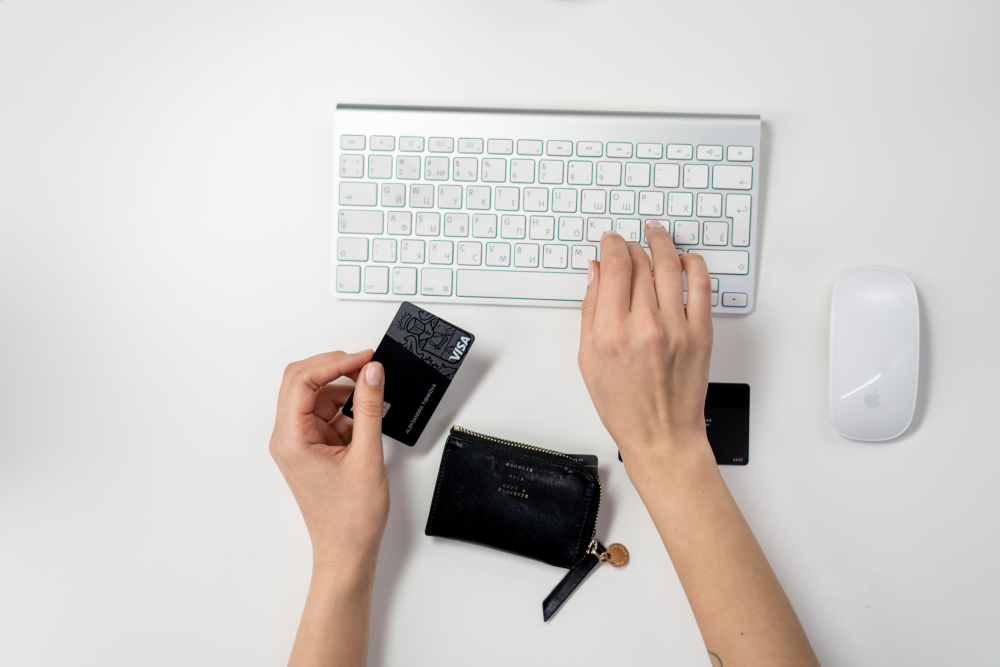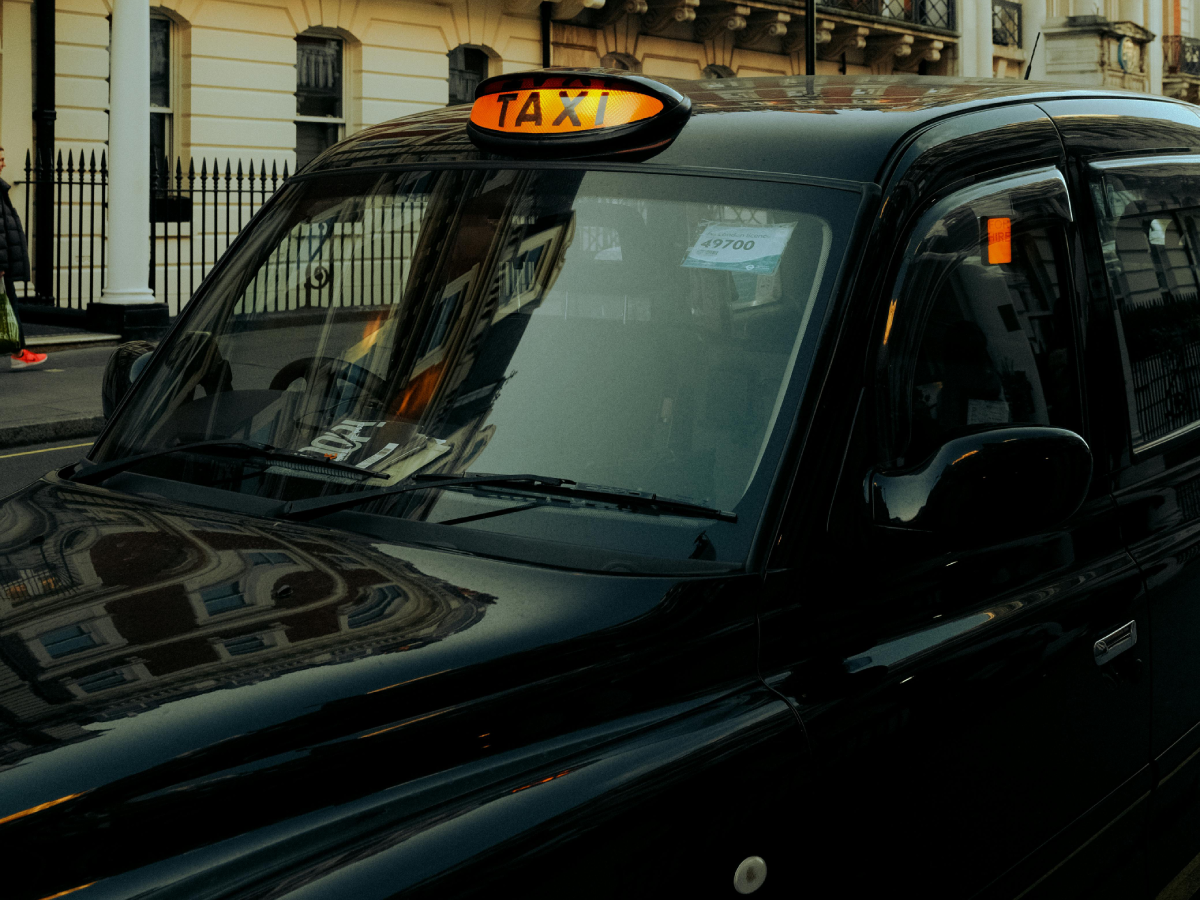Ready to get started?
Get paid faster and save up to 50% on fees with Pay by Bank.
Sort codes are one of those things we see every day but don’t particularly know the true meaning of. Six digits split into pairs, they’re an early banking tech that has stood the test of time. But what do those numbers actually stand for? And why is the UK banking system the only one left using them? Read on to have all of your burning sort code questions answered!
What are sort codes?
Sort codes first appeared in UK banking during the early 20th century to manually process cheques. They were known as “national codes” back then and consisted of three to five digits. As the banking industry moved towards automation, they became six-digit sorting codes staggered into the system in 1957. As the banking industry adopted electronic payment systems, sort codes continued to identify bank accounts and move funds.
Fast forward to today, and sort codes are now used to ferry electronic payments between banks and financial companies. Sort codes are unique to each bank and branch, so they are essential in directing payments to the correct place.
The anatomy of a sort code
Printed on your bank statement, stamped on bank cards, or when you log into online banking. Sort codes look a bit baffling, but there’s logic behind those hyphenated digits. The first two digits identify the bank and the last four nod to the branch where it was opened.
To set up a direct debit, you need to provide the sort code and account number of the recipient. The bank will use this information to send the direct debit payments to the correct account.
Do digital banks have sort codes?
Just as cash replaced cheques, digital banks are slowly replacing branches. But online-only banks still have sort codes. Providers like Monzo and Starling don’t have any physical branches to open accounts, so the first two and the final four digits of your sort code will be the same as other customers there. If you have one of these accounts, the code may not be displayed on your physical card, but you’ll find it on your online banking or app.
Using sort codes
We use sort codes for domestic payments, such as bank transfers, direct debits, and standing orders. As the International Bank Account Number (IBAN) made waves in 2008, it provided a standardised format for international bank account identification, along with SWIFT and BIC codes. Sort codes are still an essential part of the UK banking system, and we expect that to continue for the foreseeable future.
Here are some of the most common sort code usages in day-to-day banking:
- Setting up a direct debit: Provide your sort code and account number to the company you are paying so they can collect money from your account regularly.
- Making a bank transfer: A bank transfer requires the recipient’s sort code and account number to send money to the intended account. Confirmation of Payee also helps in double-checking this.

Sort code checker tools
A sort code checker is a one-stop shop to help verify codes and identify banks and branches. Using regularly updated information, they check if the sort code a payment is sent to can set up direct debits and receive Faster Payments, Bacs Direct Credits or CHAPS payments.
Businesses can benefit from using sort code checkers to save on admin costs from failed payments, safeguard against fraud and offer smooth payment processing without delays.
Individuals and customers can be more efficient and accurate using sort code checkers. They verify payment details and help to set up direct debit instructions correctly. Imagine paying rent for the first time; you don’t want to be late or pay the wrong person! You can use these tools to be sure.
For added peace of mind, Confirmation of Payee also checks the bank details match the account holder when you send money using online banking.
Sort code security checklist
- Only share your sort code with trusted sources: Only share your sort code with people or organisations you trust. This could include your employer, family members, service providers, or legitimate financial institutions.
- Only share when required: Only share your sort code for valid purposes, such as receiving payments, setting up direct debits, or making bank transfers.
- Share your sort code safely: Use secure communication channels, such as encrypted emails, secure messaging apps, or in-person conversations. Avoid sharing your sort code over public Wi-Fi.
- Use a sort code checker: This ensures you’re paying the right person and avoids any extra legwork trying to recall funds.
- Keep track of sharing: Monitor where you have shared your sort code and why. This can help you identify any unauthorised use.
Sort code troubleshooting
What’s the difference between a sort code and an account number?
A sort code identifies your bank and/or branch, while an account number is unique to the actual account. You need both to make or receive payments from your account, set up direct debits, and more.
What should I do if I enter an incorrect sort code?
If you provide an incorrect sort code, your payment may be delayed or fail to process. Always check your sort code, use an online checker, and enter it correctly.
Is it safe to share my sort code?
You should treat your sort code as confidential. Avoid sharing it with unauthorised individuals or posting it online. You should also be wary of unsolicited emails, calls, or letters requesting your sort code or other bank details. If you suspect fraud, contact your bank immediately.
What happens to my sort code if the bank branch closes?
Your sort code will remain the same and can be used to make payments, set up direct debits, and transfer money. If you need to visit a branch in person, find your closest one on your bank’s website or mobile app.
Wanna give cash machines and bank visits the boot? Find out how Atoa can bring low-fee instant payments to your business, with transactions made directly in your customer’s bank app. Never share a sort code or account number again!




